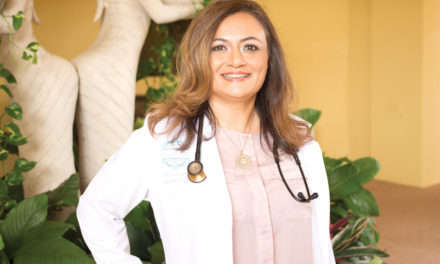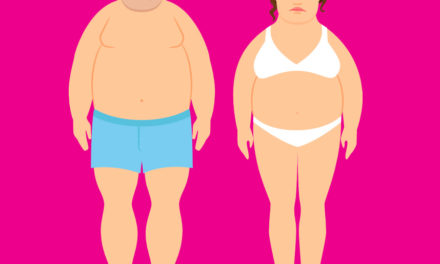By Dawn Harris Sherling, M.D., F.A.C.P

Turn on the news and it seems that the medical establishment has changed its collective mind, yet again.
Eggs are bad for you. Well, maybe just have a few. Actually, go wild—eggs are great.
Bacteria was our enemy and now we are purposefully downing it—yogurt, kombucha—bring me my daily probiotic!
What to eat for breakfast is certainly not the biggest decision you will have to make today, but what are you supposed to do about protecting your breast health may be. And depending on which doctor you ask, you may get entirely different opinions. Here’s why.
To understand how effective mammograms are, you need to first understand that it is an imperfect test. Sometimes they don’t find a breast cancer that is there and, more often, something might look like a breast cancer, but it is found to be completely benign. Doctors would rather be on the safe side and so, when something looks even slightly suspicious, women will get called back for additional images and might even wind up getting a biopsy. The odds of this happening to most women is actually much higher than being diagnosed with breast cancer. And it turns out, the younger you are, the more likely this is to occur. That’s because younger breasts are denser (making it harder to find breast cancers on mammograms) and also because fewer young women get breast cancer (though when they do it tends to be the more aggressive kind). So, if something lights up on a mammogram in a younger woman, it is more likely to be benign. If something lights up on a mammogram in an older woman, it is more likely to be an actual breast cancer.
According to the United States Preventive Task Force (USPSTF), the agency responsible for making screening test recommendations for the country, if 10,000 women aged 60-69 are screened with mammograms for 10 years, 21 breast cancer deaths will be prevented. If 10,000 women aged 50-59 are screened for 10 years, 8 deaths will be prevented. And if 10,000 women aged 40-49 are screened for 10 years, only 3 deaths will be prevented. So, the USPSTF has recommended that unless women have a family history of breast cancer, or other factors that put them at higher risk for developing breast cancer, it is okay to wait until age 50 to start screening. And once they start, says the USPSTF, women of average risk need only get their mammograms every other year. The internal medicine and family practice societies agreed with the USPSTF.
But wait a minute! What about those 3 women in their 40s?
When this recommendation was first announced, the medical societies for the obstetrician-gynecologists and the radiologists shouted their disapproval. Loudly. Not only were lives still going to be potentially lost, but the radiologists decreed that the studies the USPSTF scientists were using was based on older technology. Mammograms had gotten better, they insisted. Women should start at 40 and get their mammograms every year. More than 3 lives were surely being saved for every 10,000 women screened with mammograms. So, who were women and their doctors supposed to listen to?
Cue the American Cancer Society!
In an effort to make peace, perhaps split the difference, and maybe save women and their doctors from going crazy, the American Cancer Society came out with their recommendation a short time later. Women should start getting mammograms at age 45, they decided, in an attempt to maximize benefit and minimize risk of unnecessary biopsies. Women in their 40s, because they get more aggressive, faster-growing cancers, should be screened every year and women 55 and older could switch to every-other-year.
That should have settled it, right? Wrong.
Instead of everyone coming together around the seemingly unbiased American Cancer Society guidelines, three options were created instead of two for average risk women:
1. Begin screening at age 40 and get mammograms every year;
2. Begin screening at age 50 and get mammograms every other year; or
3. Begin screening at age 45 and get mammograms every year until age 55 when you can start going every other year.
So, which option is right for which woman?
Any of them are reasonable, but most women physicians I know start their mammograms at age 40. And every lawyer I know would tell me to recommend that you do too. We can’t know who the 3 in 10,000 women whose lives will be saved by screening mammograms will be. We will just have to take comfort in the fact that when we get called back for close-up pictures of “something” the radiologist saw, we are more likely to be among the thousands of women whose most challenging health decision the next day will be whether or not to try the new kombucha.






